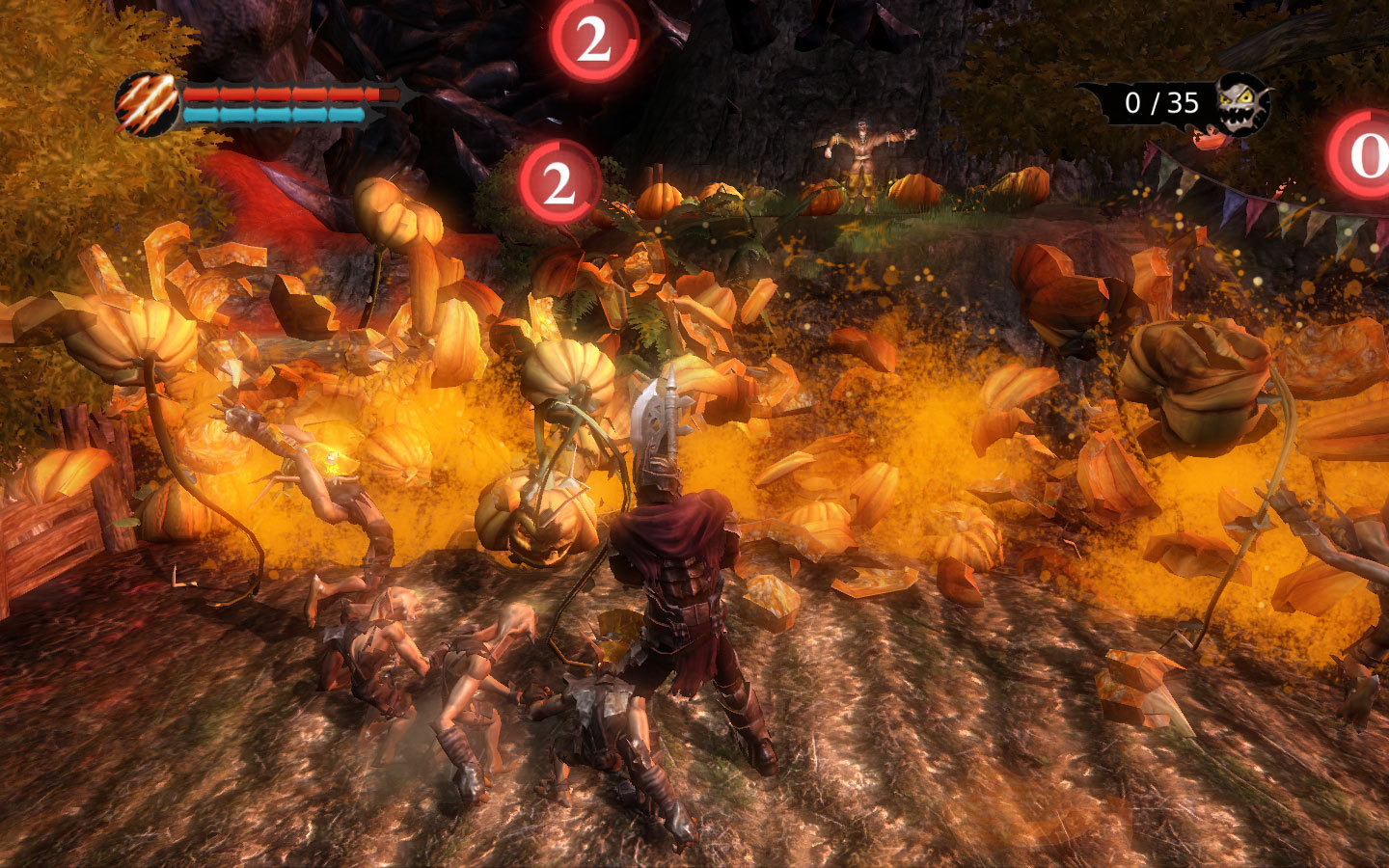
This astonishing force included 284 warships, including five battleships, 23 cruisers, and scores of destroyers and destroyer escorts. The numerous Allied ships arrayed in the English Channel steamed to the severely congested rendezvous point, Area Zebra, or “Picadilly Circus,” for the final drive in to the beaches. warships, alongside some British and French vessels, were designated either Force “O” for Omaha Beach, or Force “U” for Utah Beach. Kirk, Task Force 122 (Western Task Force) formed and continued developing plans for the naval part of the operation. Under the command of Rear Admiral Alan G. King, a task force had been formed to control operations and the training for the cross-channel assault. Divided into a Western (American) Task Force and an Eastern (British) Task Force, the beaches earmarked for invasion included five beaches designated Sword, Gold, Juno, Omaha, and Utah. The Allied invasion fleet consisted of thousands of warships, landing craft, and merchant vessels under the command of Admiral Sir Bertram H. Their bravery allowed the pinned-down GIs to move forward, engage, and destroy the enemy. At a critical moment in the battle, several destroyers steamed as close to shore as possible to fire point-blank on German positions. A newly created Navy demolition team removed obstacles alongside Army engineers early in the invasion, suffering high numbers of casualties in the process.


2 Her ships began one of history’s most famous days by bombarding German forces on or near the American invasion beaches code-named Omaha and Utah. Navy played a vital role in spearheading the assault on Hitler’s Festung Europa (Fortress Europe), serving in a variety of important roles before, during, and after the landings. Operation Neptune, the naval component of Operation Overlord, began in the early hours of 6 June 1944, off a stretch of France’s northern coast now synonymous with the sacrifice of Allied servicemen. “Omaha Beach-there’s a name that will live, like Tarawa and Guadalcanal, as long as men prize valor and feel for suffering.” 1


 0 kommentar(er)
0 kommentar(er)
